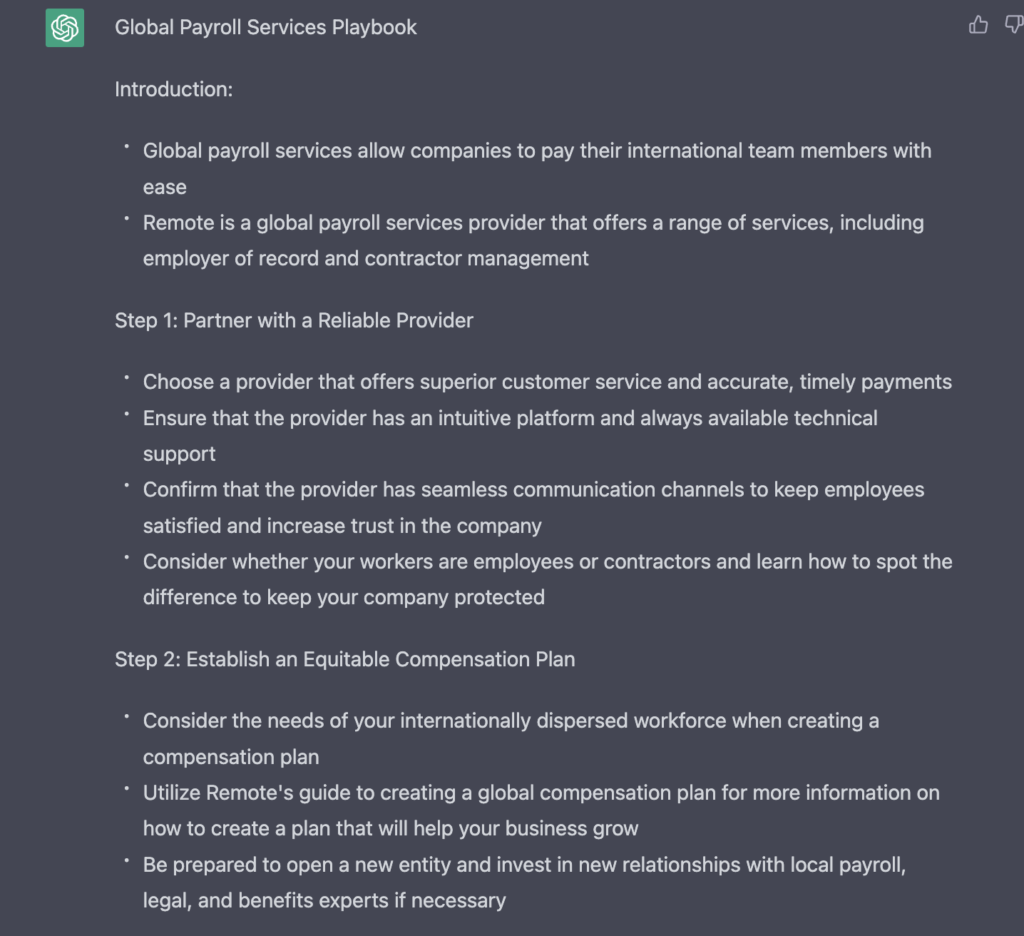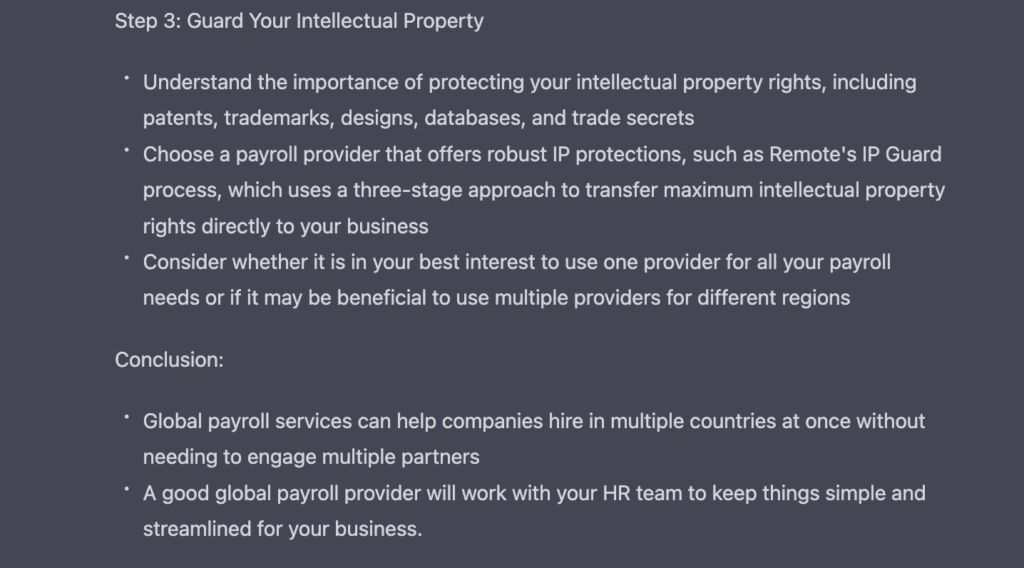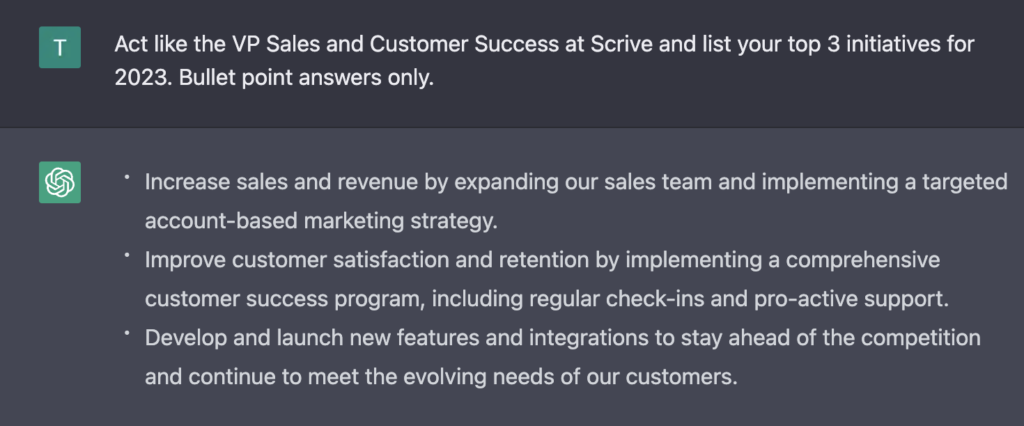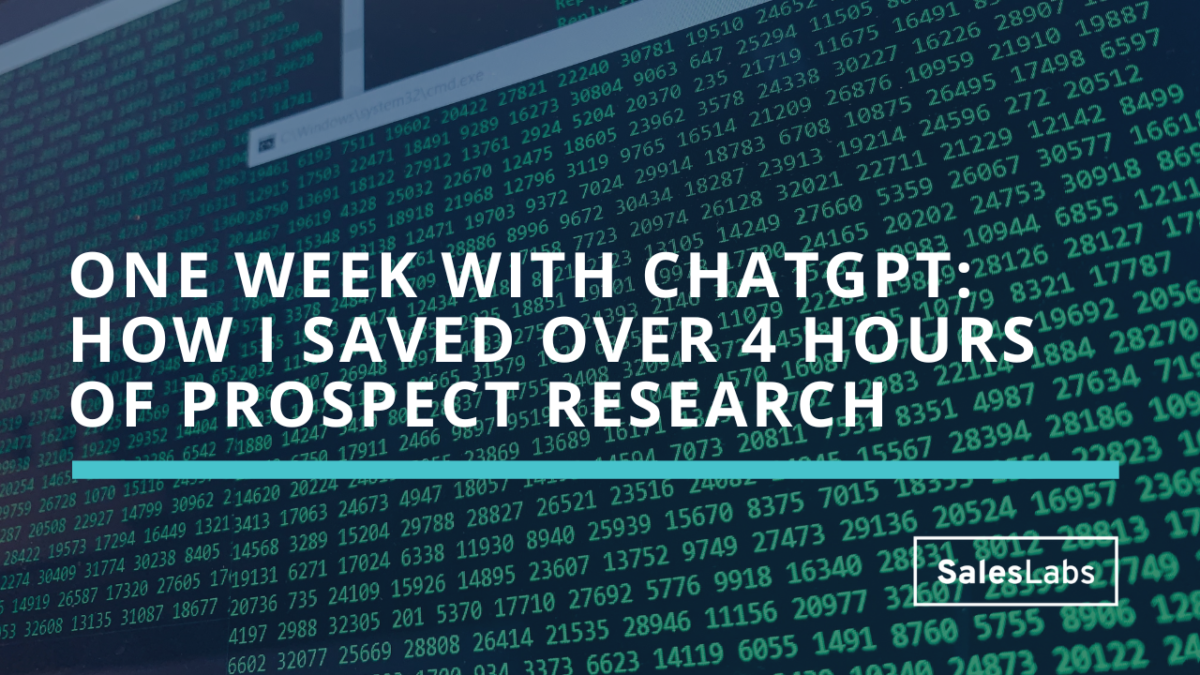A big thank you to our sponsors who keep this newsletter free to the reader:
Today’s newsletter is brought to you by DealForce: Accelerate your sales pipeline, with $0 upfront pay for performance-booked sales meetings. 60+ 5-Star Reviews!
And by The AI Outreach System. It’s a tactical guide to using Artificial Intelligence to book meetings. I’m still building it, but you can already join 260+ people in the waitlist here.
AI Prospecting: 5 steps to turning a marketing resource into a killer prospecting asset
In today’s issue, I’m going to share the exact system I follow to turn a marketing resource (blog post, podcast, eBook, etc,) into a prospecting asset you can use to tease your prospect’s attention.
If you can replicate these steps, you’ll generate a catchy resource for each problem your prospects are facing, and you’ll start a lot more conversations.
Here’s how you can do it, step-by-step:
Step 1: Find a Marketing Resource
The first step to creating a powerful prospecting asset is to find a marketing resource. This can be anything from a white paper, to a blog post, to a webinar recording.
The key is to find a resource that is relevant to your ICP and that can be used to provide value to them. For example, if your prospect is a CEO running a remote team, this guide from Remote.com is a great resource if you want to manage payroll in multiple countries.
Step 2: Extract the text with TLDRthis
Now that you have your marketing resource, you need to make it easily digestible to your prospects. No one has the time to read a blog post or a white paper.
You can use a tool called TLDRthis.com to extract the text of a blog post and summarize the key topics. It’s as simple as copy/pasting the url of a blog post and the tool will generate a summary.
Step 3: Turn it into a playbook with ChatGPT
With the text extracted, you can now use ChatGPT to turn it into a playbook. As usual, the quality of your prompt will define the quality of your outcome.
Here’s a simple structure you can use:
Prompt: “Act like an online marketer and turn the following content into a playbook:
{summaryFromTLDRthis}”
With the Remote.com blog post example above, here’s what I got:


Step 4: Generate 5 catchy titles with ChatGPT
Not bad, right? With this summary, I’m able to provide immediate value to my prospects, but I need to give it a catchy name.
I used the prompt “Now find 5 catchy title ideas for this playbook”, and this is what ChatGPT got me back:

I personally like the second one, “The Ultimate Guide to Global Payroll Services for Remote Teams” as it’s clear, catchy, and the reader knows what to expect.
Step 5: Repeat for all problems of your customers
In a recent post, I shared my playbook to finding prospects’ symptoms. You simply need to repeat the 4 steps above for each symptom, and you’ll have a resource you can tease for each touchpoint of your sequence.
If you find 9 symptoms, you can lead with a new resource, until you find one that resonates enough for a prospect to reply.
With this approach, you’ll be able to take the resources your marketing team has been working on, turn them into valuable conversation starters, and book more meetings as a result.
TL;DR:
Step 1: Find a marketing resource
Step 2: Extract the text with TLDRthis
Step 3: Turn it into a playbook with ChatGPT
Step 4: Generate 5 catchy titles with ChatGPT
Step 5: Repeat for all problems of your customers
PS: I’m working on launching a new course called “The AI Outreach System, A Tactical Guide To Using Artificial Intelligence To Book Meetings”. It’s not ready yet, but you can already join over 260 salespeople who are already in the waitlist.
Cheers,
Thibaut Souyris
- Build your outbound prospecting system from scratch here (250+ students)
- Write cold messages that get a 38% reply rate and 27% meeting rate here (55+)
- Book me 1:1 or for your team here
- (NEW!) Sponsor my newsletter & get 4.200+ eyeballs on your ad!
Subscribe to the Newsletter
Get my free, 4 min weekly newsletter. Used by 5.900+ salespeople to book more meetings and work when, where, and how they want.
Subscribe to the Newsletter
Get my free, 4 min weekly newsletter. Used by 5.900+ salespeople to book more meetings and work when, where, and how they want.








